Electroculture Gardening Copper Wire Diy Antenne Cuivre Atmosphérique Atmospherique P18
Hey friend!
What Happens When Electric Current is Passed Into Plants?
Have you ever wondered what would happen if we subjected plants to electric current? It turns out that this fascinating process, known as electroculture, has been a topic of interest among researchers and garden enthusiasts alike. Let's dive into the world of electroculture and explore how it affects plant growth.
Electroculture involves the application of low-level electric currents to plants, which is believed to stimulate their growth and development. The concept behind electroculture is rooted in the idea that plants, like all living organisms, utilize electrical signals for various physiological processes.
When an electric current is passed into plants, it triggers a series of biochemical reactions that can enhance their overall health and productivity. One of the key effects of electroculture is an increased uptake of nutrients from the soil. The electric current helps to mobilize nutrients, making them more available to the plants.
Additionally, electroculture has been shown to promote root development. The electric current stimulates root growth, leading to a more extensive and efficient root system. As a result, plants are better able to absorb water and nutrients from the soil, leading to healthier and faster growth.
Furthermore, electroculture may have a positive impact on plant metabolism. The electric current stimulates the production of certain growth-promoting hormones, such as auxins, cytokinins, and gibberellins. These hormones play crucial roles in various plant processes, including cell division, elongation, and differentiation.
In addition to nutrient uptake and hormone production, electroculture can also enhance the plant's resistance to environmental stressors. The electric current stimulates the production of stress-responsive proteins, antioxidants, and other compounds that help plants cope with adverse conditions such as drought, high temperatures, and disease.
DIY Electroculture: How It Works
Now that we understand the basics of electroculture, you might be wondering how you can try it out in your own garden. DIY electroculture is a fascinating and relatively simple process that you can experiment with to see its effects on your plants.
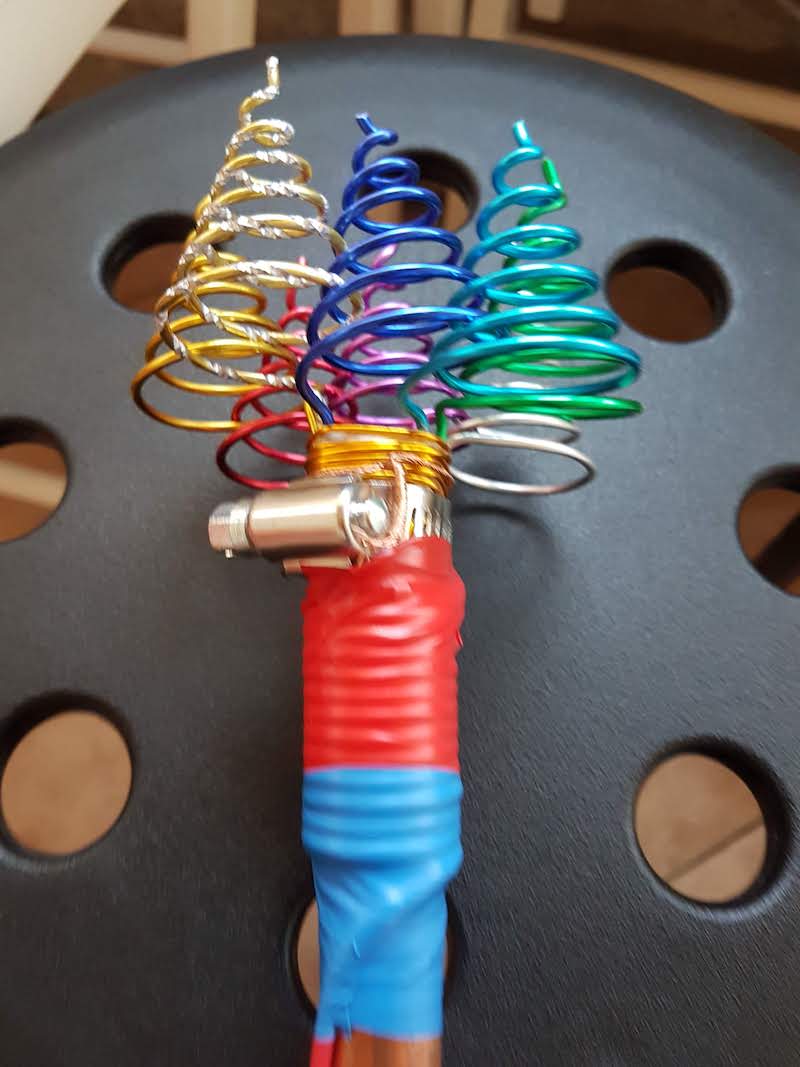
To get started, you will need a few basic materials:
- An insulated wire
- A power source (such as a battery or a low-voltage transformer)
- Electrodes (metal rods or plates)
- A plant or a patch of soil to work with
Once you have gathered your materials, follow these steps:
- Insert the electrodes into the soil near the roots of the plant you want to experiment with. Make sure they are securely placed and in contact with the soil.
- Connect one end of the insulated wire to the positive terminal of the power source and the other end to one of the electrodes in the soil.
- Connect another insulated wire from the negative terminal of the power source to the second electrode in the soil.
- Turn on the power source and let the electric current flow through the plant for a designated period of time. Start with short durations and gradually increase the time as the plant adapts.
- Monitor the plant's growth and observe any changes over time.
Remember to exercise caution and follow safety guidelines when working with electricity. It's also essential to conduct experiments on a small scale before applying electroculture techniques to an entire garden or crop.
Electroculture: Suppressed Technology Revealed on How to Grow Bigger

Did you know that electroculture is often considered a suppressed technology in the field of agriculture? The potential of electroculture to revolutionize plant growth and increase yields has been overshadowed by conventional farming methods. However, there is growing interest in uncovering the benefits of this innovative approach.
Electroculture has shown promising results in increasing the size and weight of fruits and vegetables. The electric current stimulates cell division and elongation, leading to larger and more robust plant structures. This can be particularly advantageous for farmers and gardeners aiming to maximize their harvests.
Furthermore, electroculture may provide a solution for cultivating crops in regions with nutrient-deficient soils. By enhancing nutrient uptake and mobilization, electroculture can help plants thrive even in challenging environments. This has the potential to address food security issues and improve agricultural productivity worldwide.
It's worth noting that electroculture is not a replacement for traditional agriculture practices. Instead, it can complement existing methods and contribute to sustainable and efficient farming systems. Ongoing research and experimentation in the field of electroculture are crucial to unlocking its full potential and understanding its long-term effects.
5 Mistakes to Avoid When Buying Copper for Electroforming
If you're venturing into electroforming, a technique that involves coating objects with a layer of metallic copper through electrochemical deposition, it's essential to know the mistakes to avoid when purchasing copper for this process.

1. Choosing the Wrong Copper Grade: When buying copper for electroforming, it's crucial to select the appropriate copper grade. The ideal copper for electroforming is oxygen-free high-conductivity (OFHC) copper, which has a low oxygen content and excellent electrical conductivity. Avoid using copper alloys or low-grade copper, as they may result in poor-quality electroformed coatings.
2. Ignoring Copper Thickness: The thickness of the copper wire or sheet you choose for electroforming can impact the quality of your electroformed objects. Thicker copper provides a more substantial base and allows for easily achieving a uniform deposition of copper onto the object. It's recommended to opt for copper thicknesses between 18 to 24 gauge for most electroforming projects.
3. Overlooking Surface Cleanliness: Before using copper for electroforming, it's essential to ensure its surface is clean and free from contaminants. Any dirt, grease, or oxidation on the surface can interfere with the electroforming process and result in flawed coatings. Thoroughly clean the copper surface using appropriate cleaning agents and techniques to achieve optimal results.
4. Neglecting Copper Quality Verification: To ensure the copper you purchase is of high quality, don't forget to verify its authenticity and purity. Reputable suppliers should provide information or certifications regarding the copper's purity and origin. This step is crucial to avoid using counterfeit or impure copper, which can affect the electroforming results.
5. Overspending on Expensive Copper: While high-quality copper is essential for optimal electroforming results, it's also important to consider your budget. Some suppliers may charge exorbitant prices for copper materials marketed specifically for electroforming. Look for reputable suppliers that offer fair prices for quality copper to maximize your investment.
History of Electroculture: Good Vibes for Agriculture
Let's take a journey back in time to uncover the history of electroculture and its roots in agricultural practices. While the concept of electroculture gained attention in the 20th century, its origins can be traced back even further.
In the late 18th century, Italian biologist Luigi Galvani made significant discoveries related to electricity and its effects on living organisms. He observed that electrically stimulating the legs of dissected frogs caused their muscles to contract. Galvani's findings laid the groundwork for understanding the relationship between electricity and living organisms.
Fast forward to the 20th century, and the concept of electroculture gained momentum. Researchers and innovators began exploring the potential benefits of applying electric currents to plants to boost their growth and overall health.
One notable pioneer in the field of electroculture was French agricultural engineer Raoul Francé. In the early 1900s, Francé conducted extensive experiments on the effects of electricity on plant growth. He believed that electric currents could mimic the natural electrical signals within plants, leading to improved nutrient uptake and enhanced vitality.
Throughout the 20th century, electroculture continued to captivate the attention of researchers and agricultural enthusiasts. Various experiments and studies were conducted to investigate its effects on different plant species and crop yields.
While electroculture remains a relatively niche field, its potential benefits and applications continue to be explored. Modern advancements in technology and scientific understanding have paved the way for further research and innovation in this fascinating area of agriculture.
So, friend, there you have it! A glimpse into the world of electroculture and its impact on plant growth. Whether you're a curious gardener or a science enthusiast, electroculture offers an exciting avenue to explore and experiment with in your own backyard. Who knows? You might uncover some electrifying secrets that could revolutionize your gardening game!
If you are looking for Electroculture: Suppressed Technology Revealed On How To Grow Bigger you've visit to the right page. We have 35 Pictures about Electroculture: Suppressed Technology Revealed On How To Grow Bigger like Electroculture experiments on radish, cucumber and pepper plants... See, Electroculture, magnetoculture, techniques innovantes utilisant les and also 5 Mistakes To Avoid When Buying Copper For Electroforming. Here it is:
Electroculture: Suppressed Technology Revealed On How To Grow Bigger
 mypatriotsnetwork.com
mypatriotsnetwork.com Épinglé Sur Jardinage
 www.pinterest.com
www.pinterest.com Electroculture Gardening Techniques For Beginners - Elevate Your Garden
 www.pinterest.co.uk
www.pinterest.co.uk Copper/Copper Alloy Agriculture PET Wire, For Electrical Appliance, Rs
 www.indiamart.com
www.indiamart.com agriculture indiamart
Antenne Atmospherique Paratonerre
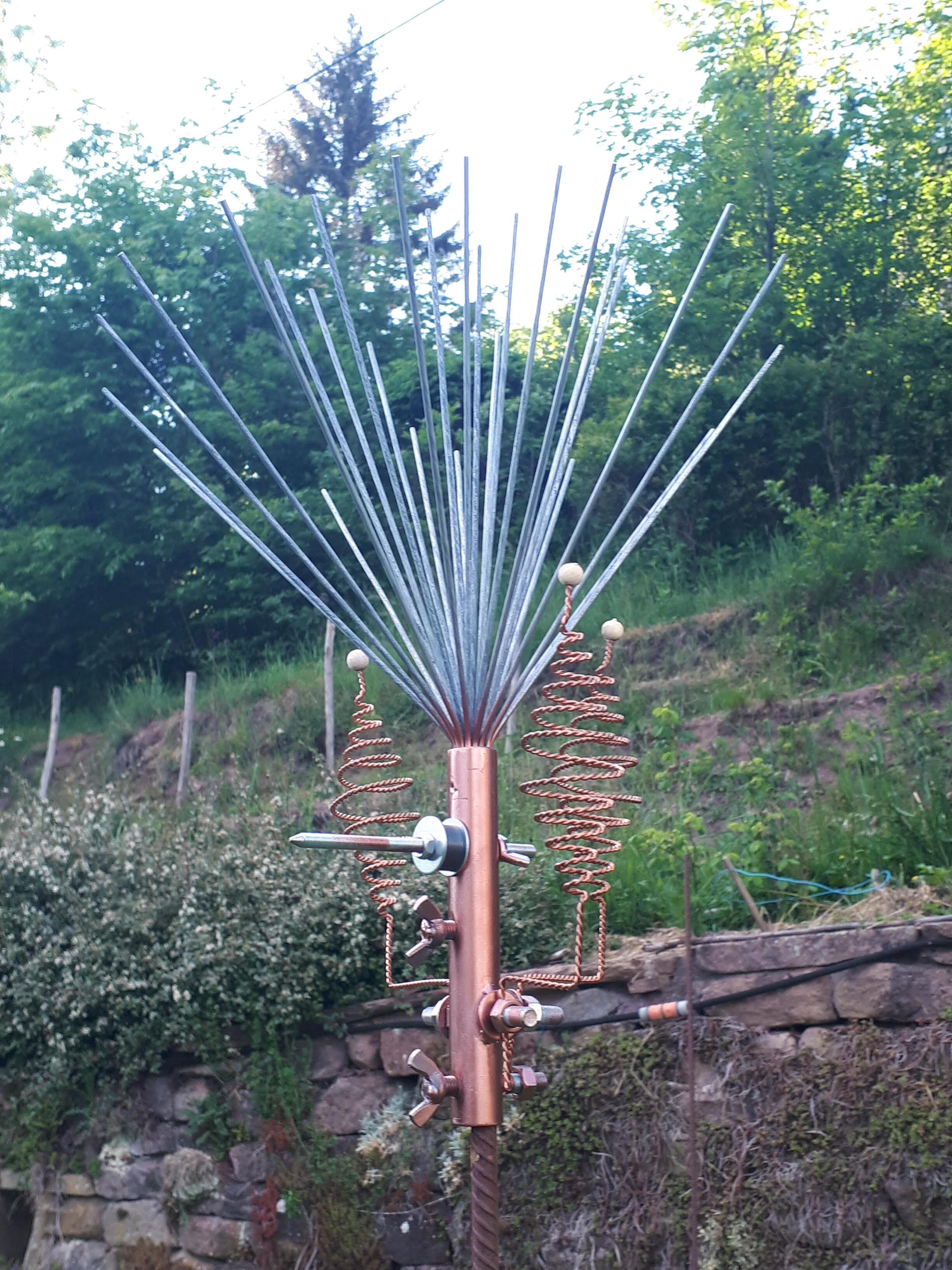 www.electroculturevandoorne.com
www.electroculturevandoorne.com electroculture antenne cuivre atmosphérique atmospherique p18
DIY Electroculture: How It Works - Simone Gatto
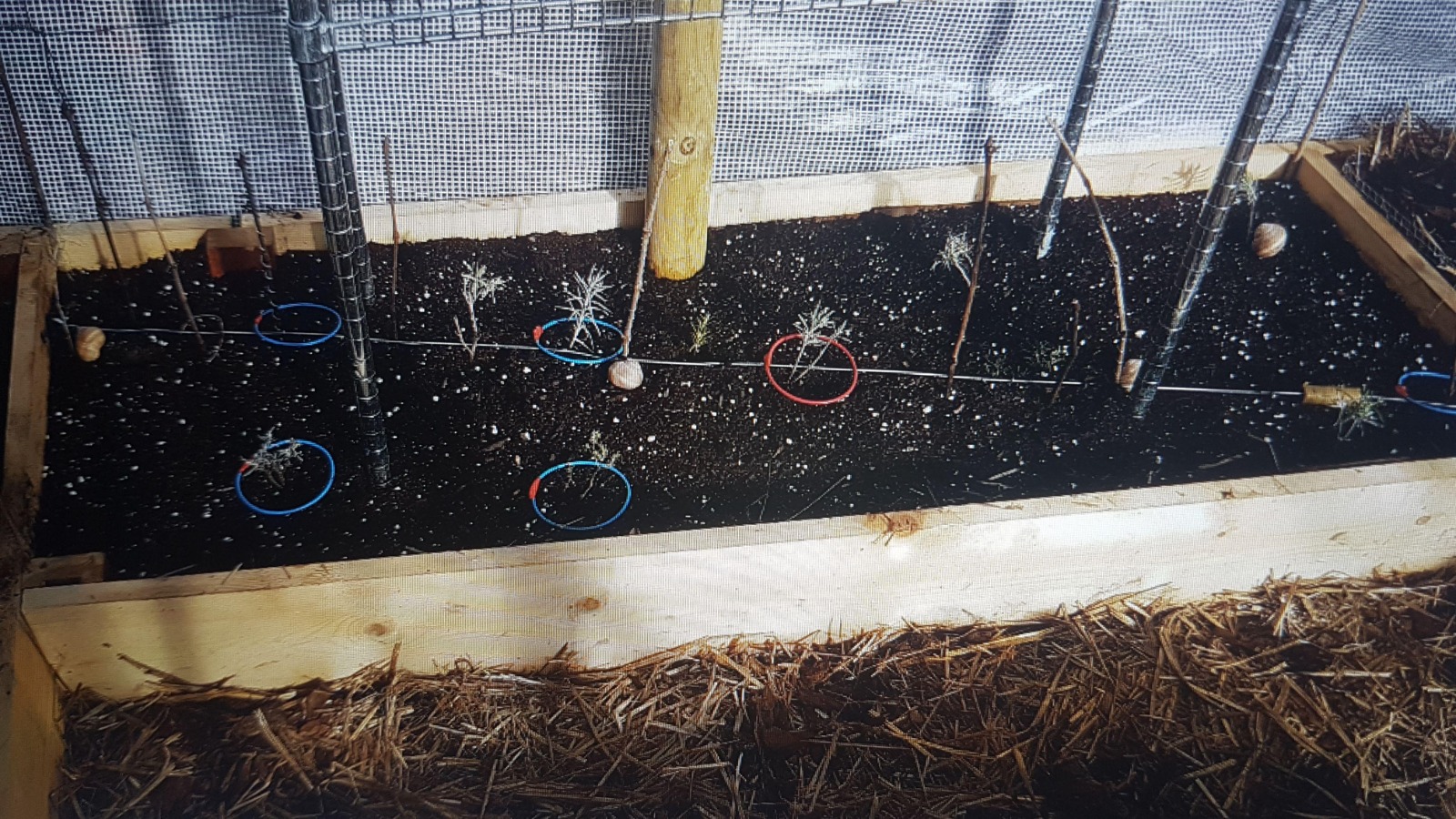 www.simonegatto.net
www.simonegatto.net Electroculture Gardening - GIY Plants
 giyplants.com
giyplants.com Electroculture, Magnetoculture, Techniques Innovantes Utilisant Les
 www.pinterest.com
www.pinterest.com ElectroCulture -- Stimulation Of Plant Growth By Electricity, Magnetism
 www.pinterest.fr
www.pinterest.fr electroculture stimulation permaculture magnetism pflanzen
11 Things You Can Make With Copper Wire — The Family Handyman
 www.familyhandyman.com
www.familyhandyman.com copper wire garden trellis things projects diy
Effect Of Electricity On Plant Growth | DIY Gardening Experiment On
 www.youtube.com
www.youtube.com electro
DIY Electroculture: How It Works - Simone Gatto
 www.simonegatto.net
www.simonegatto.net 5 Mistakes To Avoid When Buying Copper For Electroforming
 electroformingartist.com
electroformingartist.com electroforming
Electroculture Gardening Techniques For Beginners - Elevate Your Garden
 cultivateelevate.com
cultivateelevate.com High Voltage Static & Electroculture To Increase Plant Growth
 www.gizmoplans.com
www.gizmoplans.com electroculture voltage
WHAT HAPPENS WHEN ELECTRIC CURRENT IS PASSED INTO PLANTS | Electro
electro experiments gkvks electricity
HOME DZINE Garden | Copper Decor Crafts For Garden
 www.home-dzine.co.za
www.home-dzine.co.za copper garden trellis wire obelisk crafts pipe dzine decor za diy used sweet them use
Electroculture Experiments On Radish, Cucumber And Pepper Plants... See
 www.pinterest.ca
www.pinterest.ca Electropolishing Copper The End Of Brightner In Electroforming - YouTube
 www.youtube.com
www.youtube.com copper electropolishing
DIY Electroculture: How It Works - Simone Gatto
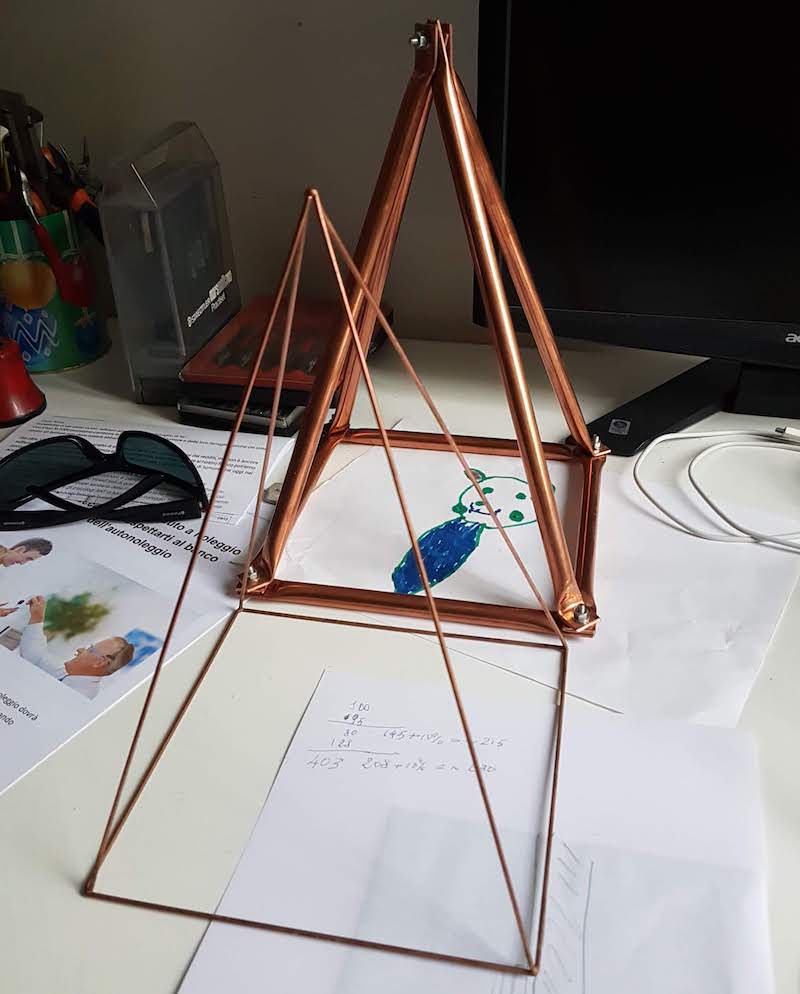 www.simonegatto.net
www.simonegatto.net History - Electroculture, Good Vibes For Agriculture
electroculture lakhovsky history coil georges soil
Electroculture Life | 101 Guide & Documentary
 www.electroculture.life
www.electroculture.life Copper Vs Aluminum Wiring: Which Is Best? | Blog Posts | OneMonroe
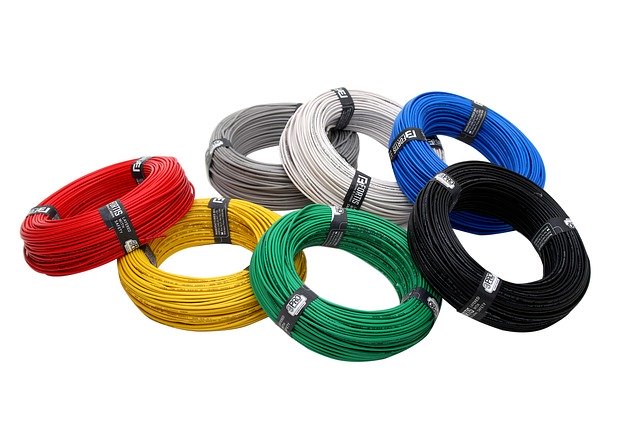 monroeengineering.com
monroeengineering.com vs wires
DIY Electroculture: How It Works - Simone Gatto
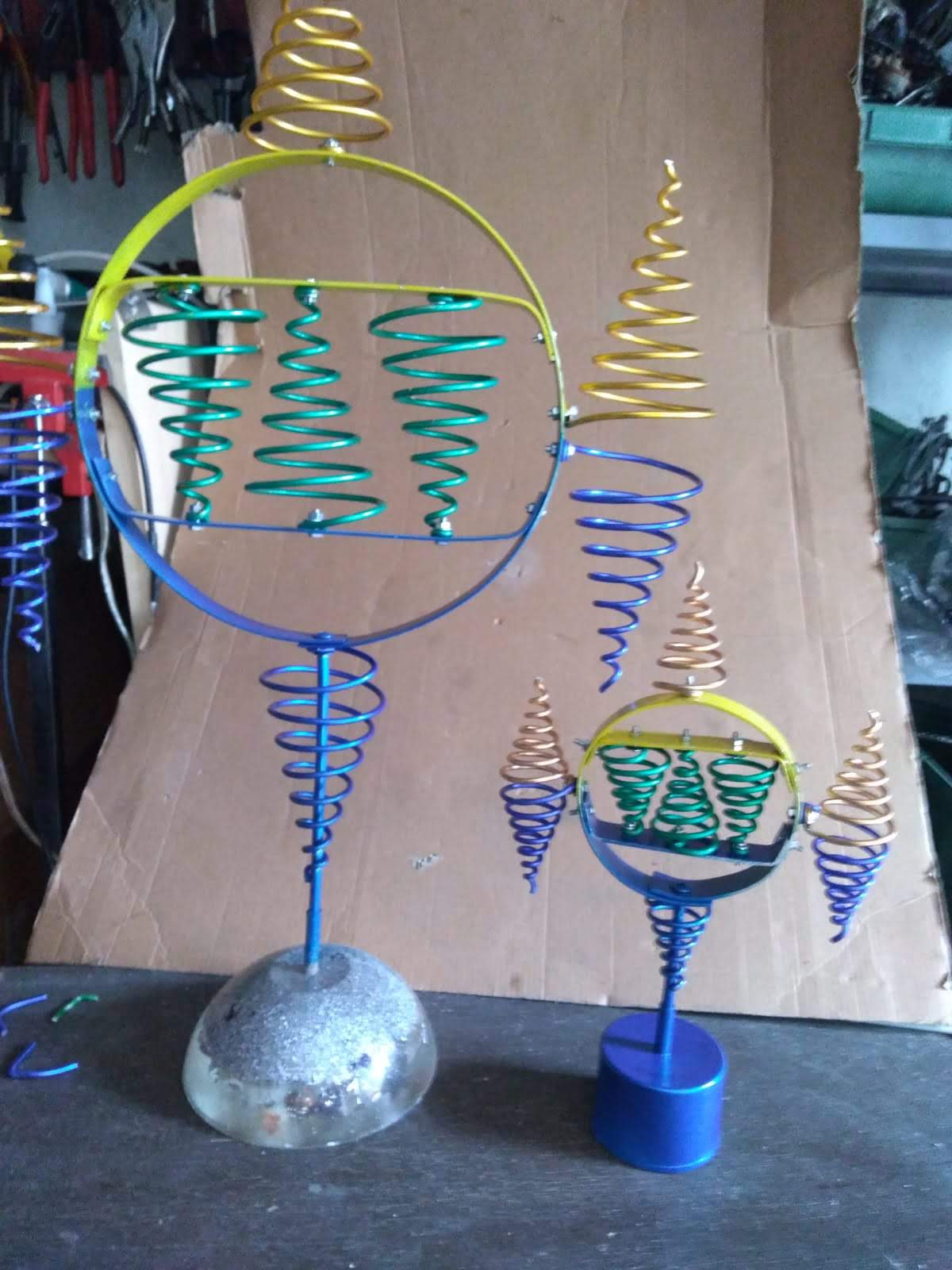 www.simonegatto.net
www.simonegatto.net Richard Crabtree’s Esoteric & Biodynamic Gardening - Crabtrees
gardening copper
9 Power Veggie Ideas | Propagating Plants, Grafting Fruit Trees
 www.pinterest.com
www.pinterest.com electroculture electro phyto expérience
DIY Copper Garden Projects | The Garden Glove
copper garden diy projects mobile tubing sisal sand project create tutorial backyard thumb easy yard sculpture thegardenglove easily choose coil
DIY Copper Garden Art Ideas & Projects • The Garden Glove
 www.thegardenglove.com
www.thegardenglove.com copper suzy homefaker tubing spirals thegardenglove functional weekend
Lost Knowledge DIY Electroculture Videos For Your Garden | Self
 beforeitsnews.com
beforeitsnews.com Electroculture Utiliser Une Pyramide En Cuivre Au Jardin Potager Et En
 www.pinterest.com
www.pinterest.com electroculture pyramide cuivre potager antenne utiliser dynamiser
How To Make A Hanging Spinning Garden Copper Mobile - The Homestead
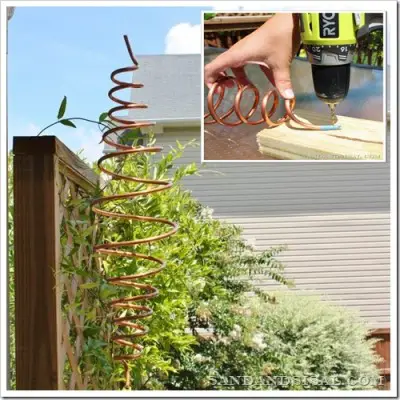 thehomesteadsurvival.com
thehomesteadsurvival.com spinning
Histoire De L'électroculture (10min) - Permaculture
Electroculture - Agniculture-english
electroculture culture english agni weebly
Here Come The Plants | Flock House – Omaha, Documentation
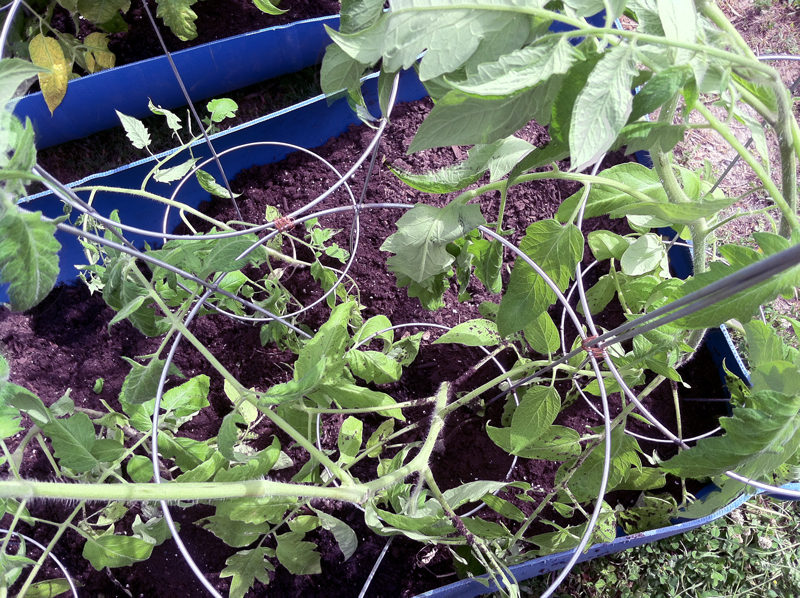 www.harveststudioonline.com
www.harveststudioonline.com worked cages became wind
37 DIY Copper Garden Projects (27) | Copper Diy, Garden Projects, Diy
 www.pinterest.com
www.pinterest.com trellis diy copper garden projects similar wire obelisk metal arbor could outdoor something arbors choose board sculptures forged gate wood
Electroculture electro phyto expérience. Copper garden diy projects mobile tubing sisal sand project create tutorial backyard thumb easy yard sculpture thegardenglove easily choose coil. How to make a hanging spinning garden copper mobile
Post a Comment for "Electroculture Gardening Copper Wire Diy Antenne Cuivre Atmosphérique Atmospherique P18"